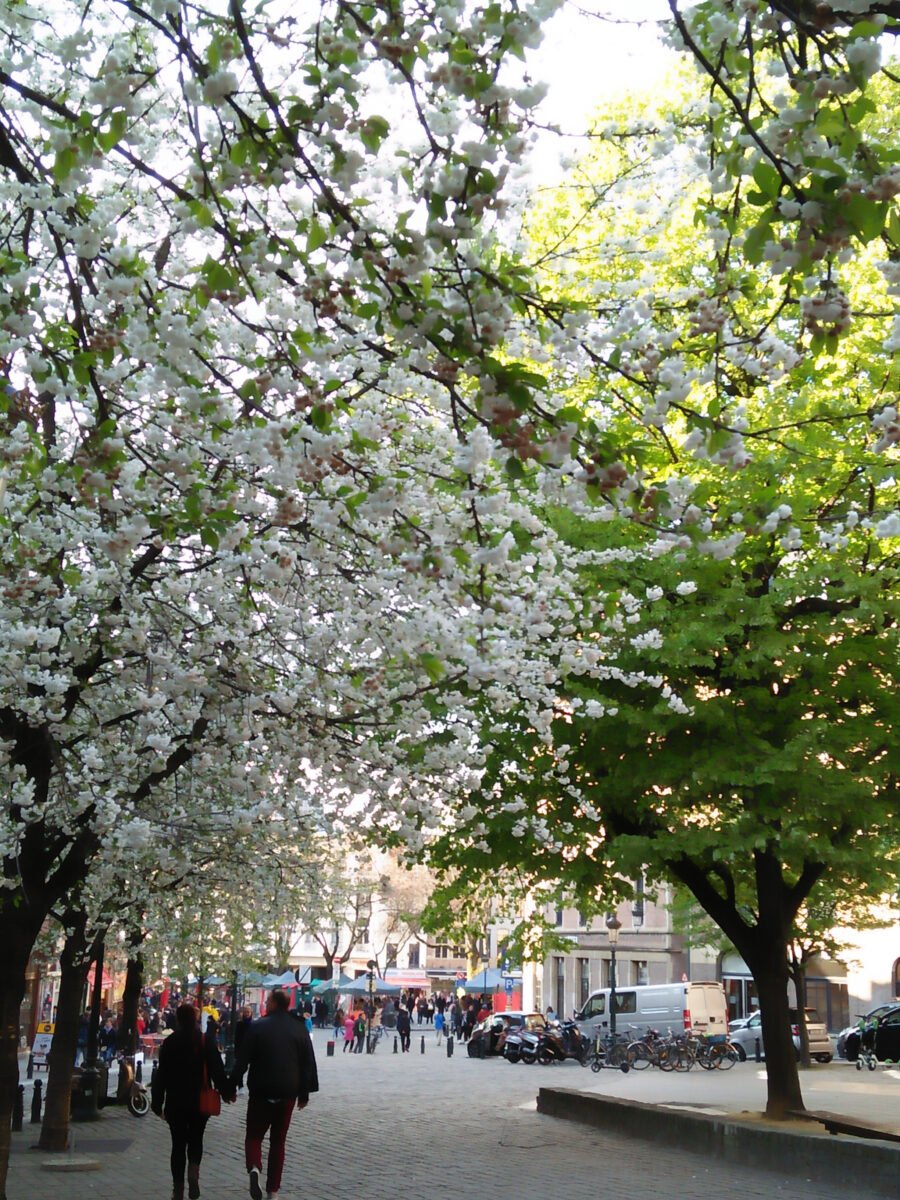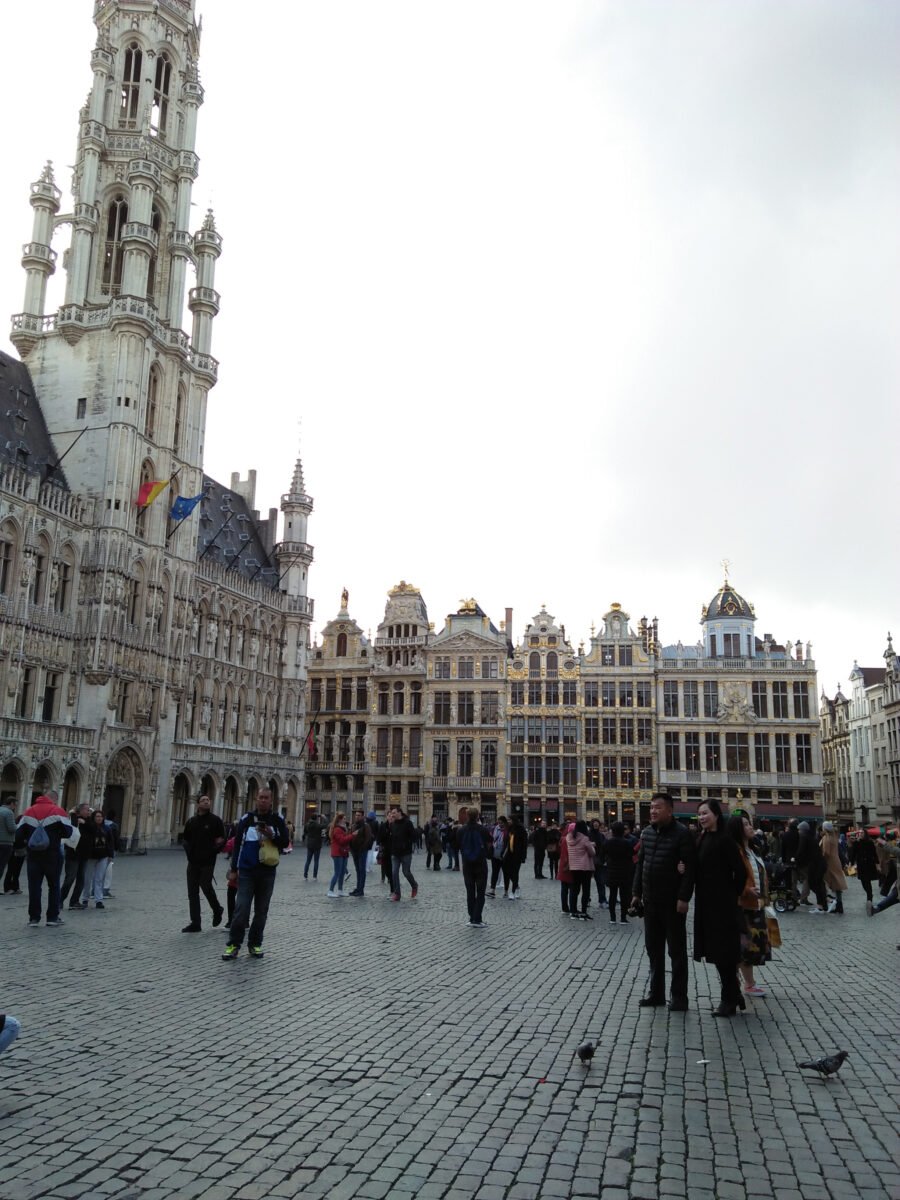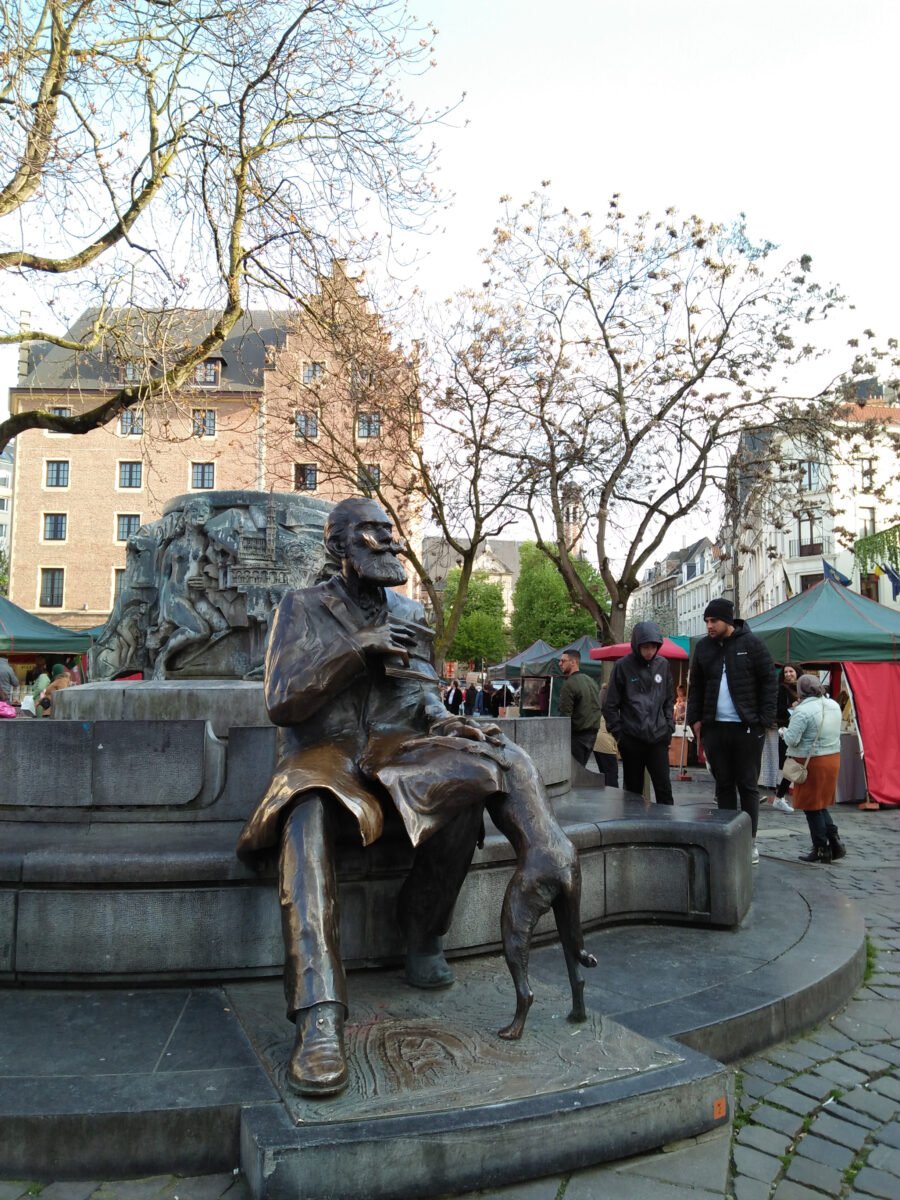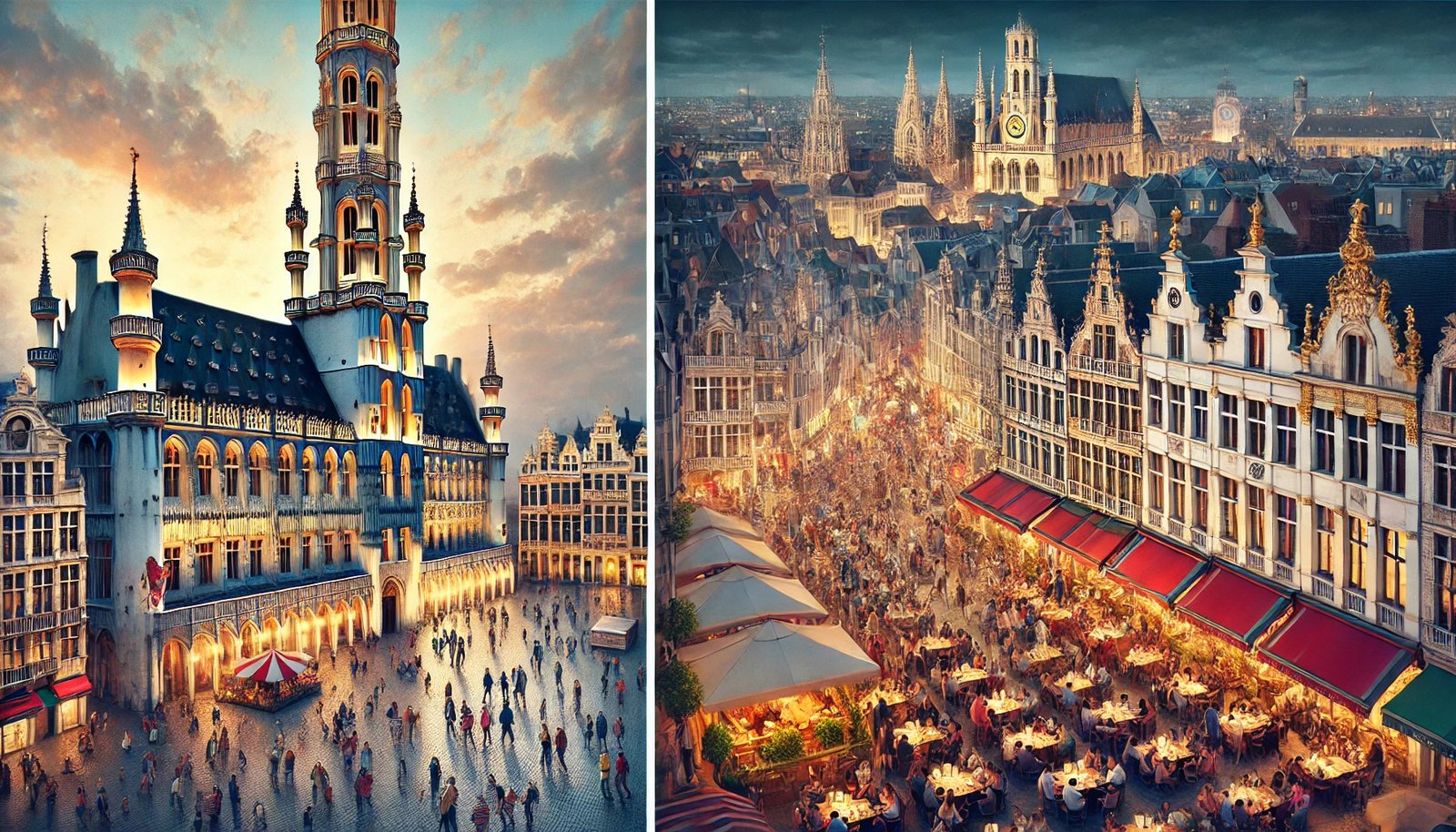Introduction
Public spaces are not just physical areas within cities; they are the dynamic epicenters of community life, reflecting the complex interplay of natural, cultural, and historical influences. These spaces serve as the socio-cultural hearts of urban environments, where the community spirit is most palpable and vibrant. This detailed study focuses on two quintessential European public squares—La Grand-Place in Brussels and the Oude Markt in Leuven. It aims to explore how these squares integrate culture, heritage, and urban planning to enhance urban livability, facilitate social interactions, and support the cities’ identities as living, breathing cultural landscapes.
Background
Brussels: Brussels, the multifaceted capital of Belgium, juggles roles as the country’s administrative, financial, and cultural heart. The historic allure of its medieval core melds with the bustling modernity of a global metropolis. At the center of this historic core lies La Grand-Place, a storied square that embodies Brussels’ medieval past while functioning as a contemporary hub for public life and cultural festivities.
Leuven: Located just to the east of Brussels, Leuven is a historic city celebrated for its renowned university and vibrant cultural tapestry. The Oude Markt is a central square known affectionately as the ‘living room’ of Leuven, surrounded by heritage buildings that have been repurposed into lively cafes and bars, reflecting a seamless blend of historical reverence and contemporary urban culture.
Methodology
Employing a detailed field survey methodology, this study was conducted through extensive observations, photographic documentation, and interactive conversations with both locals and tourists over a series of visits. The research was designed to capture the multifaceted usage of these spaces across different times of the day and to understand their role in the urban ecosystem. Observations focused on architectural styles, user interactions, accessibility, and the overall atmosphere, providing a nuanced understanding of how these spaces function within their urban contexts.
Detailed Content Analysis
Architectural Significance and Historical Context: La Grand-Place and Oude Markt are framed by buildings of significant architectural and historical value. La Grand-Place is encircled by ornate Baroque and Gothic buildings, each façade telling stories of the city’s mercantile past. The square is a UNESCO World Heritage site, recognized for its aesthetic and historical integrity. Oude Markt, on the other hand, is surrounded by predominantly Renaissance architecture, which narrates Leuven’s longstanding academic and intellectual history.
Cultural and Social Functions: These squares are pivotal in facilitating cultural and social interactions. La Grand-Place serves as the stage for Brussels’ most significant cultural events, such as the biennial Flower Carpet, a stunning display that attracts visitors worldwide. Surrounding streets buzz with activity, hosting cafes, shopping venues, and spaces for street performances, contributing to a vibrant urban life.
The Oude Markt caters primarily to the youthful demographic, with its array of bars and cafes and is known for events like the Marktrock music festival, which sees the square transforming into a vibrant live music venue. The area’s multifunctionality extends to hosting a weekly market that serves as a community gathering spot and a place for local commerce.
Urban Planning and Design Insights: The planning of these squares demonstrates a thoughtful approach to urban design, prioritizing pedestrian access and engagement. Both squares are notable for their lack of vehicular traffic, which enhances their appeal as social gathering spaces. The accessibility is further supported by excellent connections to public transit, including train and metro stations. Strategic placement of parking zones within walking distance of the squares ensures that they remain accessible yet undisturbed by vehicular congestion.


Urban Installations: The squares are enhanced by various urban installations that contribute to their character and serve as points of interest. La Grand-Place is adorned with historic statues and fountains that enhance its Gothic character, while the Oude Markt features more contemporary installations, reflecting the square’s younger, more modern vibe.


Comparative Analysis
While both squares serve as social integration and central cultural hubs, their roles and functions reflect the unique characteristics of their respective cities. La Grand-Place, with its historic and international significance, attracts a diverse range of visitors and functions as a ceremonial and tourist centerpiece. In contrast, the Oude Markt’s appeal is more localized, dominated by the university crowd, and serves as a key site for local social life and less formal events. In both the cases social integration and the unique city character and identity predominates the public spaces.
Conclusion
The comparative study of La Grand-Place and the Oude Markt underscores the critical role of public squares in urban landscapes. These spaces not only preserve historical and cultural heritage but also adapt to contemporary urban needs, facilitating vibrant community interactions and enhancing the overall quality of urban life. The findings advocate for continued investments in public spaces, which are proven to be invaluable assets that bolster the socio-cultural and economic vitality of cities.
Published
We are delighted to announce that our latest article has been published in the Vol 2, Issue 5 of BLUEPRINT, the official bimonthly newsletter of the IIA Karnataka Chapter. You can explore the latest issue and read our article here: https://lnkd.in/gJfh5inH.
In addition to this exciting publication, we are thrilled to share that MAATI has embarked on a new beginning. This marks a significant milestone in our journey, and we are eager to continue our efforts in promoting and conserving architectural heritage.
